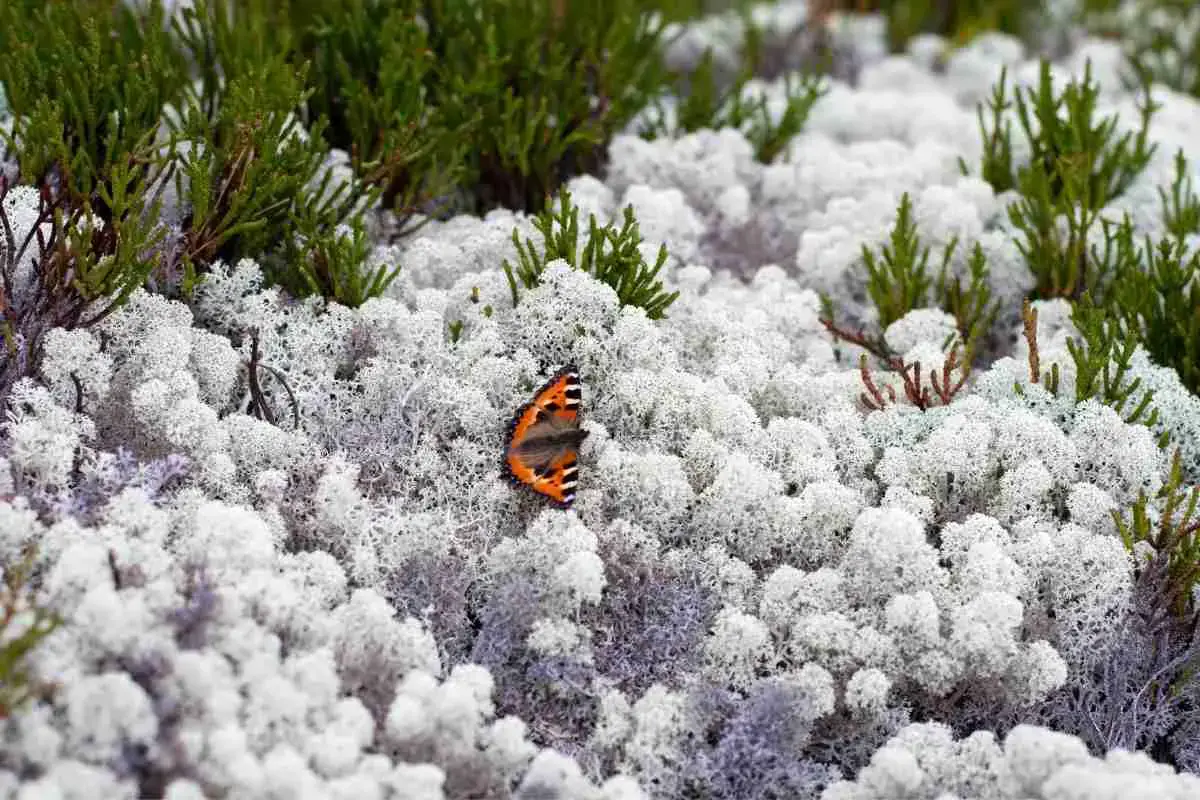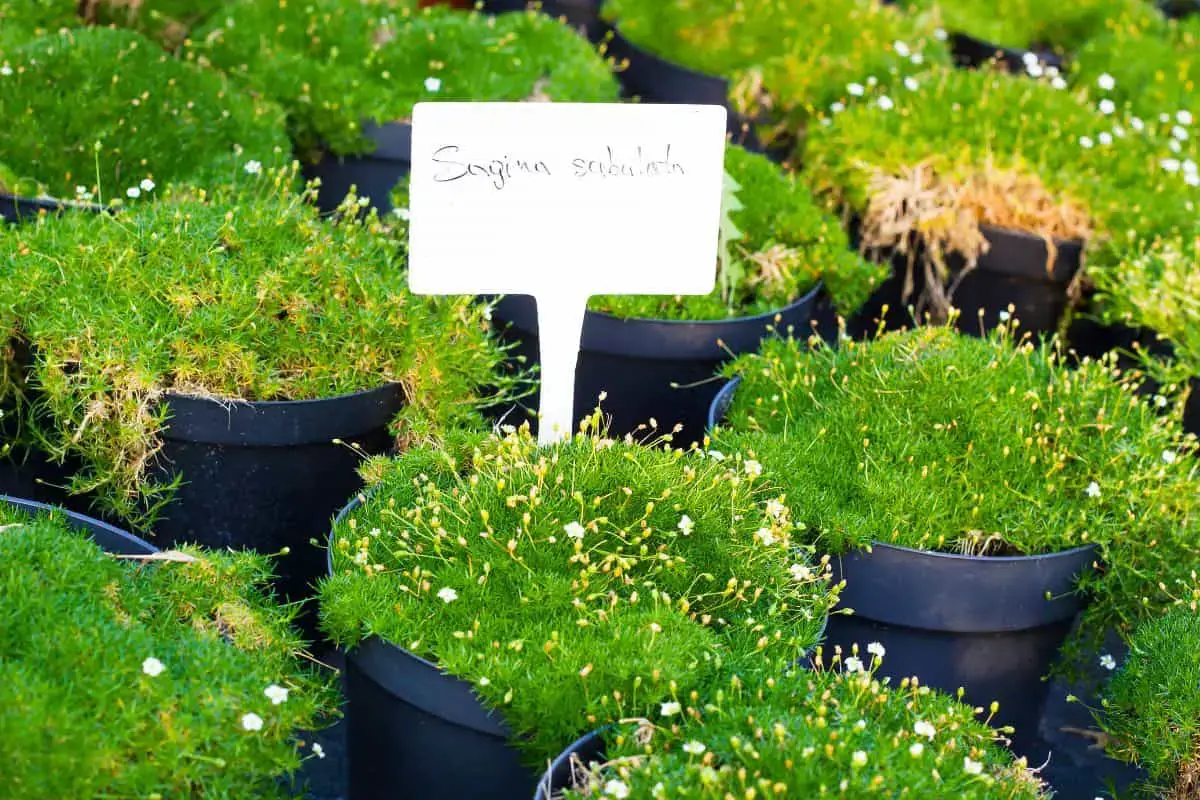
How To Grow Irish Moss Between Pavers?
Read more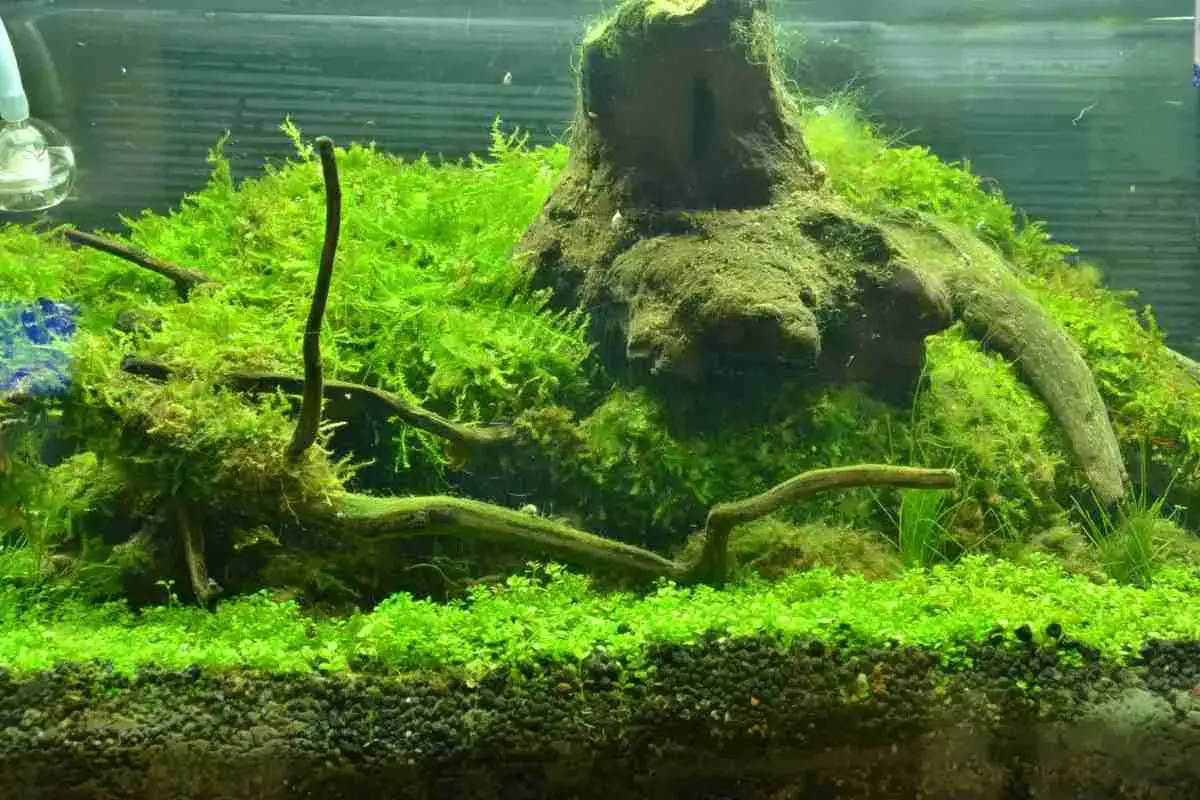
6 Simple Methods To Grow Java Moss Fast
Read more
Decorative Moss For Potted Plants: Live & Preserved
Read more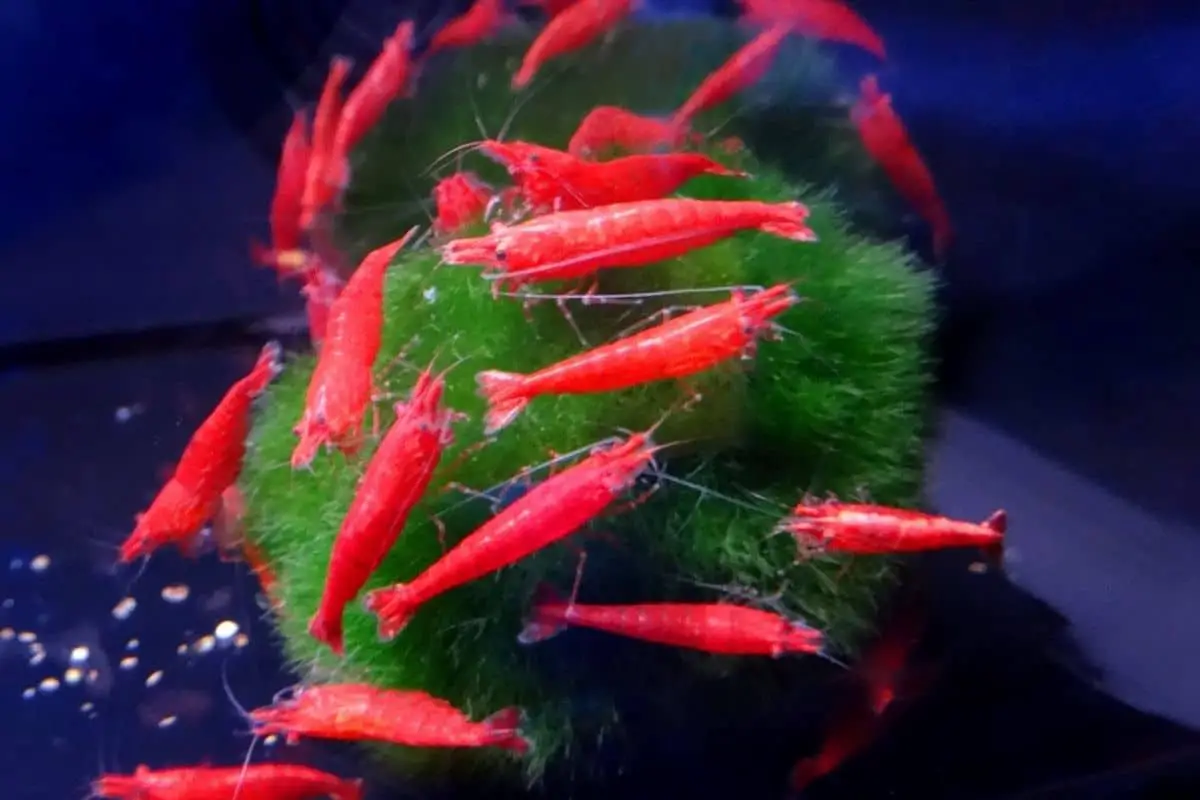
How Long Do Moss Balls Last In A Fish Tank?
Read more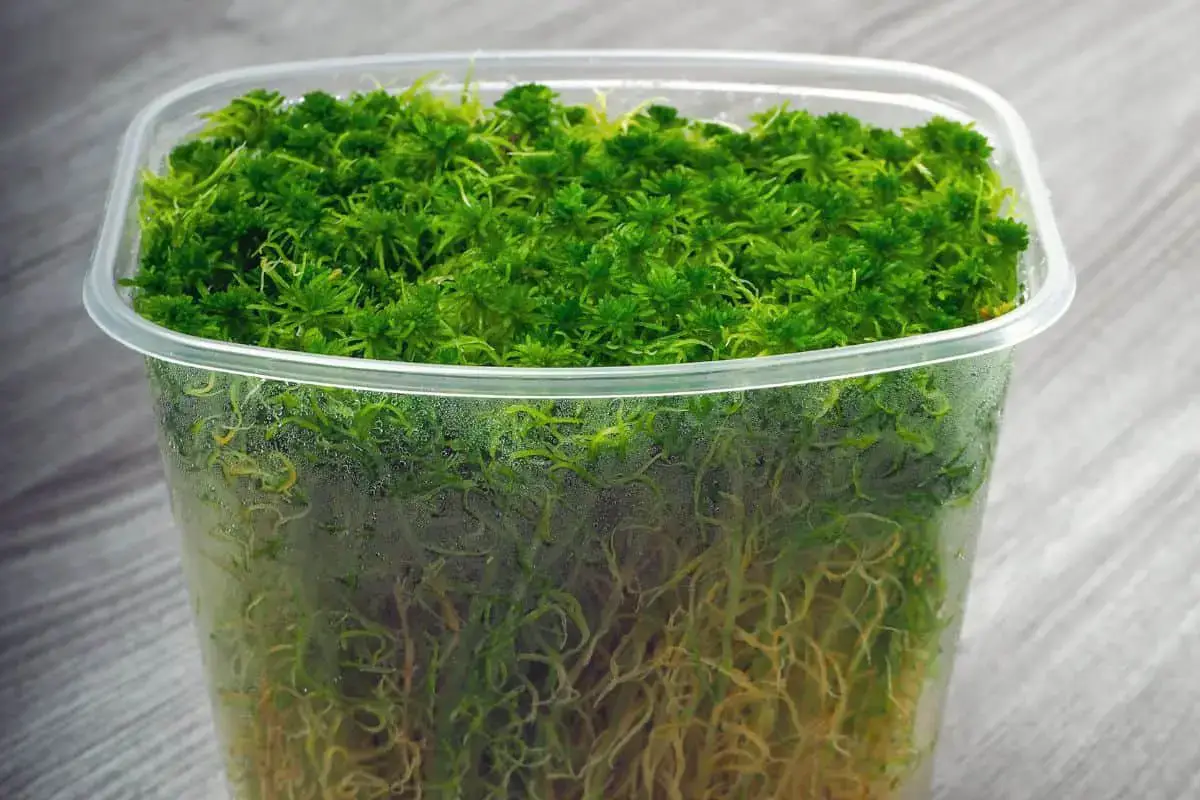
Can Sphagnum Moss Grow Underwater?
Read more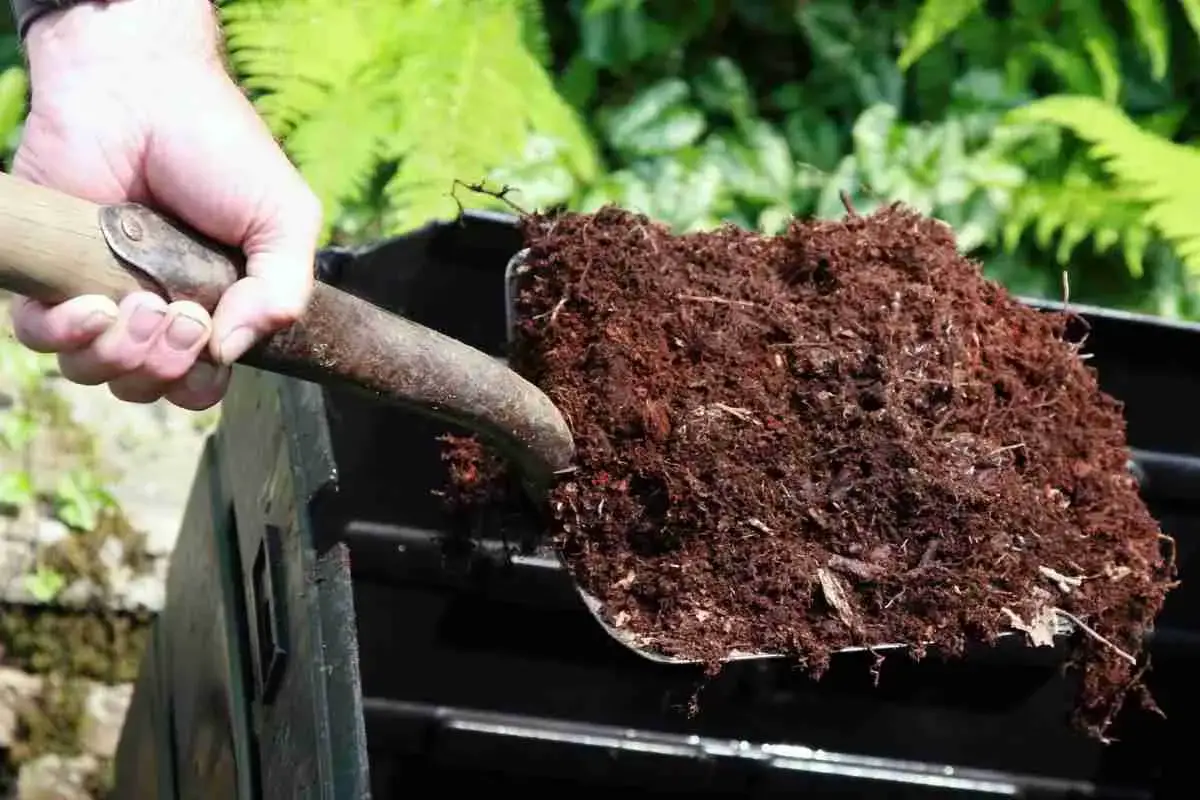
Can Moss Be Composted? Composting Moss
Read more
DIY Peat Moss: 5 Simple Steps to Success – Start Today!
Read more
How To Grow Moss On Concrete Statues?
Read more
5 Best Moss Killers for Block Paving
Read more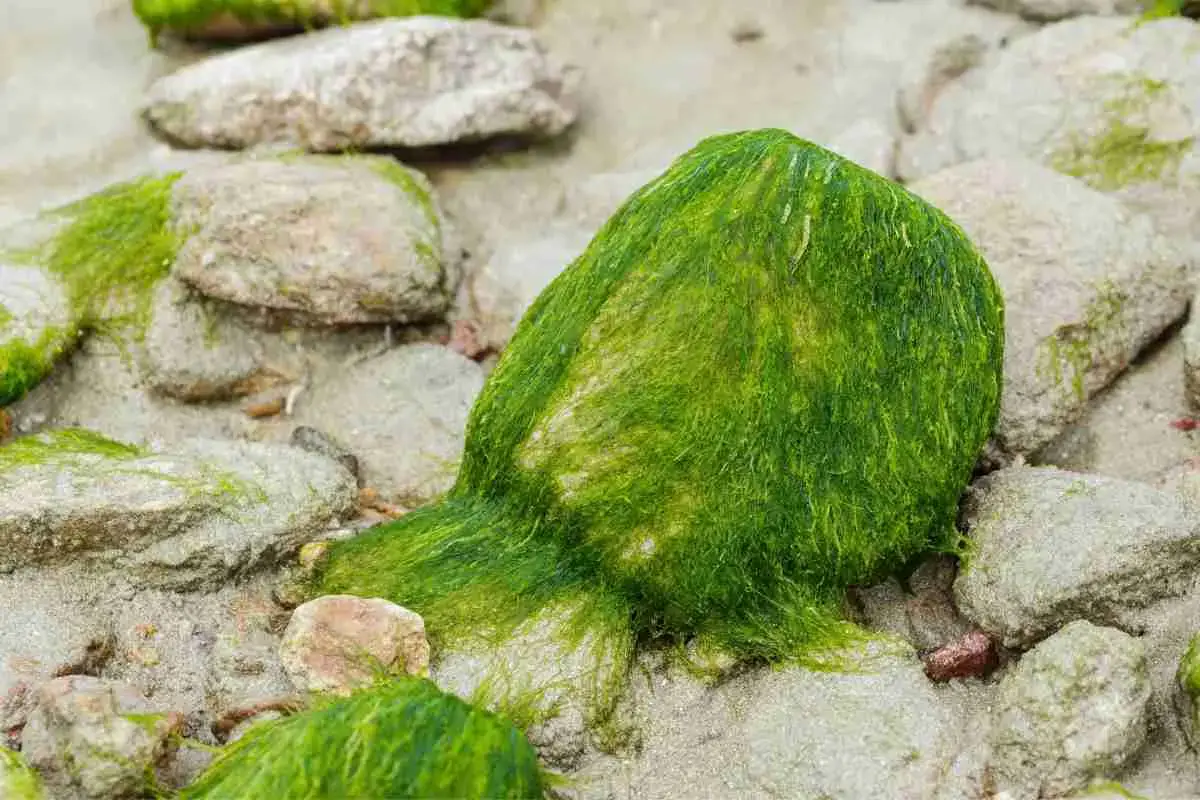
2 Methods For Growing Algae On Rocks!
Read more
Is Algae A Protist? (Autotrophic Or Heterotrophic)
Read more